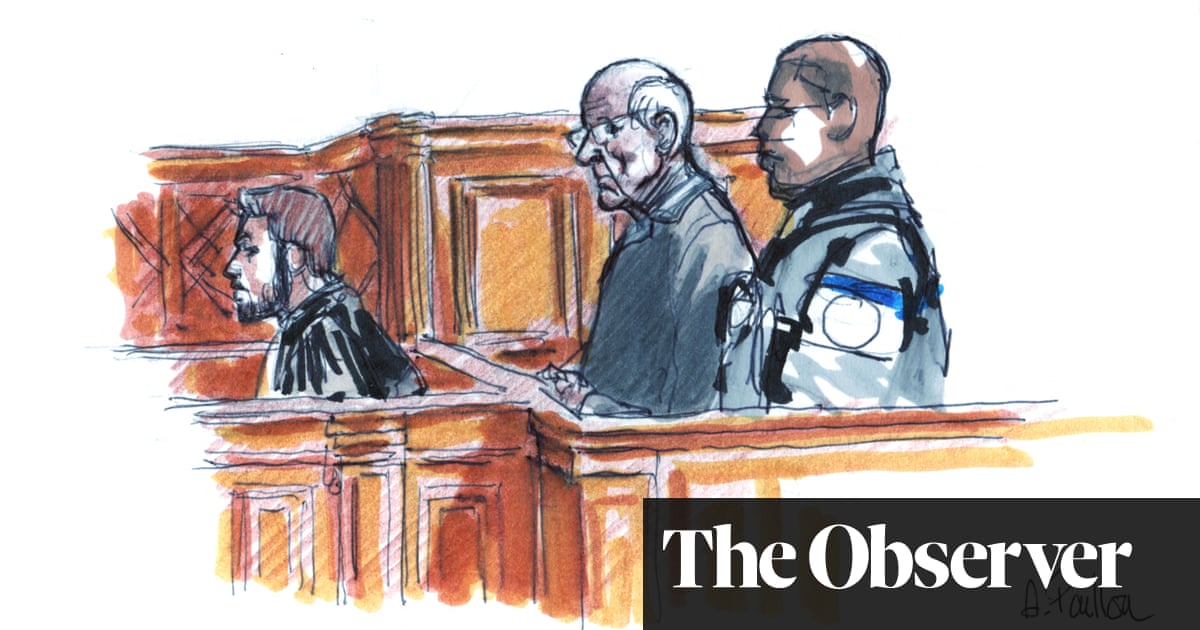PHOENIX, Ariz. — The robo ump could kill K-Zone.
On Thursday, Major League Baseball will employ what it calls the automated ball-strike system, or ABS, in a big-league spring training game for the first time, after four years of refinement in the minors. ABS relies on cameras to tell an umpire whether a pitch should have been called or a ball or a strike.
The system, sometimes referred to as the robo ump, will not be used on every pitch. Instead, each team will have two challenges it can issue per game, and a team does not lose a challenge when it correctly asks for a review. But if and when the system arrives in the big leagues full-time, which would be 2026 at the earliest, every inning of baseball on TV could be significantly altered.
The league fears the digital box hovering over home plate showing viewers an approximation of the strike zone could interfere with ABS’ effectiveness. ESPN debuted K-Zone in 2001, and since then it has been mimicked on virtually every baseball telecast, local or national, regardless of network. The league is now considering reducing the box’s presence, or removing it altogether, across all telecasts.
“The strike-zone box that we display on broadcasts and our app probably is inconsistent with the way we currently do it with the challenge system,” said Morgan Sword, MLB’s executive vice president for baseball operations, at a press conference Tuesday. “You take a lot of the drama and excitement out of it if the fan can see up front that that pitch was a strike. It sort of obviates the need for the challenge.
“Then there’s a secondary issue, which is cheating. There are monitors, big-screen televisions all over our ballparks that display the feed of the game. And it wouldn’t be that hard if this box was up there for fans or anybody to yell to the players, right? That’s not what we want, either.”
Ball-strike calls operate differently than the challenges that already exist in the majors today on all other plays, and the cheating concern with ABS is therefore unique.
An ABS challenge has to be issued by the pitcher, catcher or batter immediately after the pitch, with no more than a couple seconds of delay in practice. It also has to be unaided — players can’t get help from their teammates, and they can’t check tape. On a challenge of any other sort, such as an out-or-safe call on the bases, each team’s staff can look at its own video feeds before advising the manager whether to ask for a review, and the review wouldn’t have to be called for as quickly.
Umpires have discretion not to grant a challenge via the ABS system, and while it was being tested in the minors, there have been occasions in the minors where umps refused either because a player took too long, or the dugout was believed to be helping.
MLB thinks it’s possible the strike-zone box could ultimately stay on TV, but with modifications that make it appear a little less definitive. It’s going to try some on at least a handful of broadcasts this spring.
“We’re going to test out a couple different ideas,” Sword said. “One is to show the box but not show where the ball was. The second is to show the ball, but not where the box was. And then the third is to remove some of the edges from the box — this has actually been done on some broadcasts.”
In the last scenario, only the corners of the zone are visually represented.
Even though technically broadcasters retain final say over their telecasts, it would be unusual for them not to cooperate with a high-level request potentially related to integrity. Sword also said he believed third-party telecast strike-zone boxes are reliant on information MLB provides.
“My understanding is they present the box based on data that we provide to them,” he said. “We actually were talking to broadcasters about this issue a couple weeks ago in New York, and they’re on board. They would just want to find a way to present the game in an exciting way, given that this might be a part of it.”
K-Zone and its ilk might not be quite as central to the experience of a baseball broadcast as the yellow first-down line is to football telecasts, but it might be the closest thing baseball has to that yellow line.
Does MLB have a sense either way of how strong fan affinity is or isn’t for the strike-zone box?
“That’d probably be a better question for broadcasters,” Sword said. “It makes sense that, particularly for more casual fans, it gives some frame of reference for the strike zone and what is determining balls and strikes. But those of us that live in this world all the time often are frustrated by it, because it doesn’t totally match the way that we evaluate umpires, and creates a perception among fans that the strike zone itself is a little different than it is.”
MLB might lose one form of K-Zone — the original on ESPN — in 2026 even if ABS doesn’t get implemented in the majors. MLB and ESPN are nearing a March 1 deadline for either party to opt out of the final three years of their national television deal, which otherwise would run through 2028. There was no indication Tuesday night the sides were making progress.
ESPN declined comment.
The first big-league spring game in front of ABS is between the Chicago Cubs and Los Angeles Dodgers at 1:05 p.m. MST Thursday in Arizona.
(Photo: Norm Hall / Getty Images)
Article by:Source:




![President Donald J. Trump Issues Directive to Prevent the Unfair Exploitation of American Innovation –]](https://i1.wp.com/www.whitehouse.gov/wp-content/uploads/2025/01/WH47-Social-Share-Card-Navy-1200x628-1.png?w=300&resize=300,180)
![President Donald J. Trump Issues Directive to Prevent the Unfair Exploitation of American Innovation –]](https://i1.wp.com/www.whitehouse.gov/wp-content/uploads/2025/01/WH47-Social-Share-Card-Navy-1200x628-1.png?w=80&resize=80,80)









